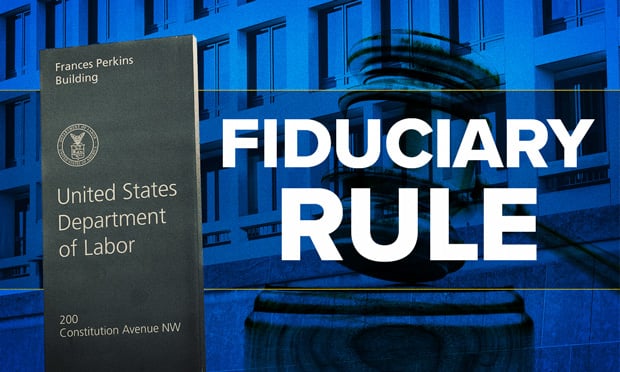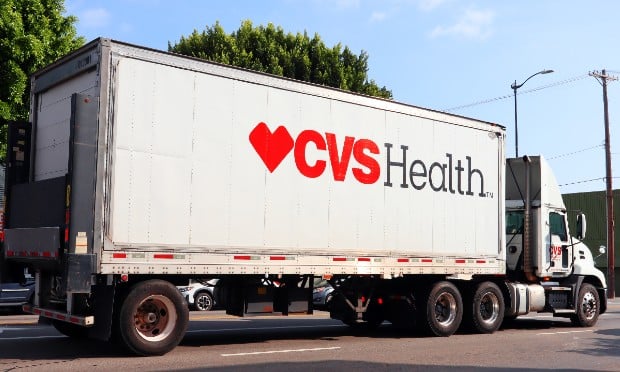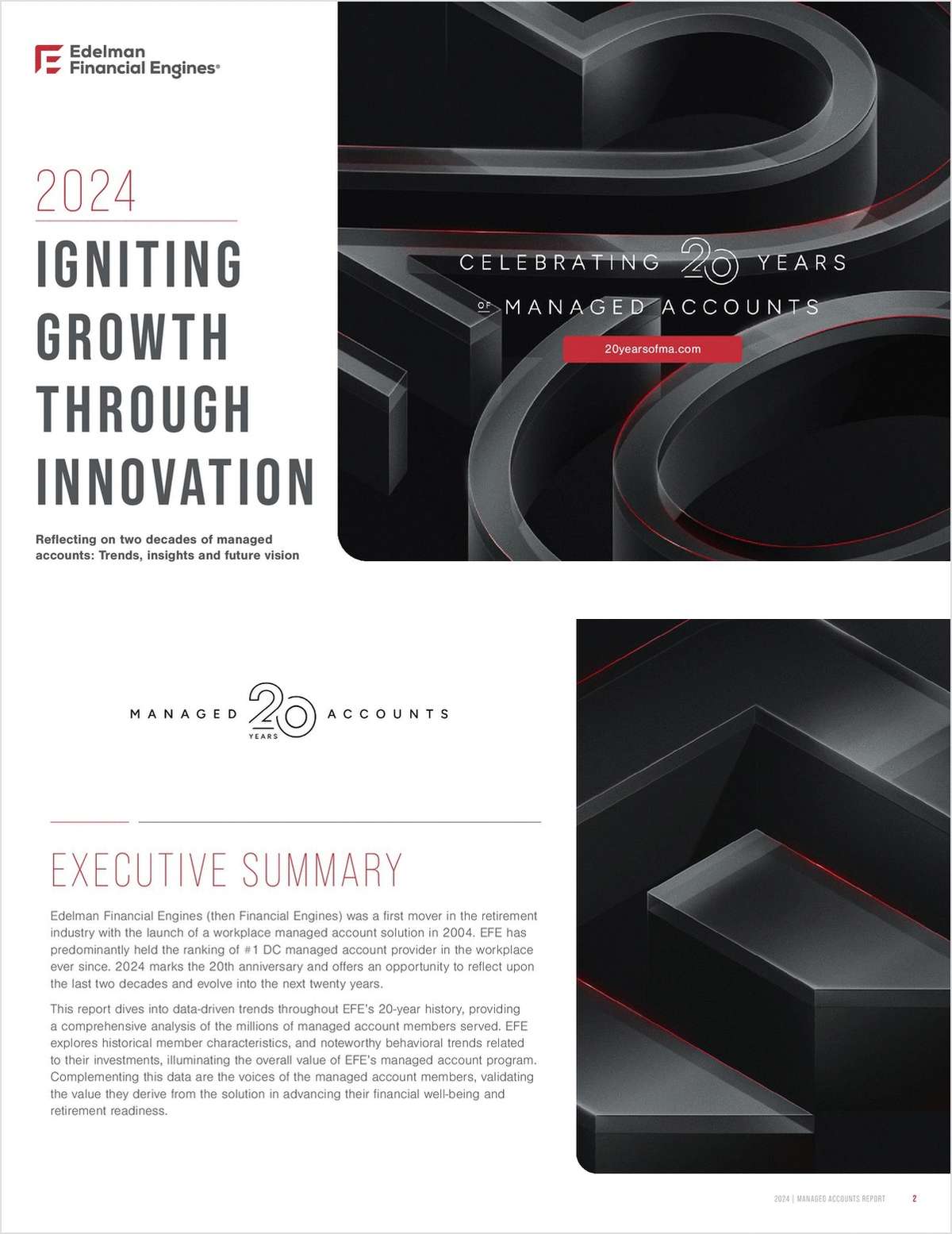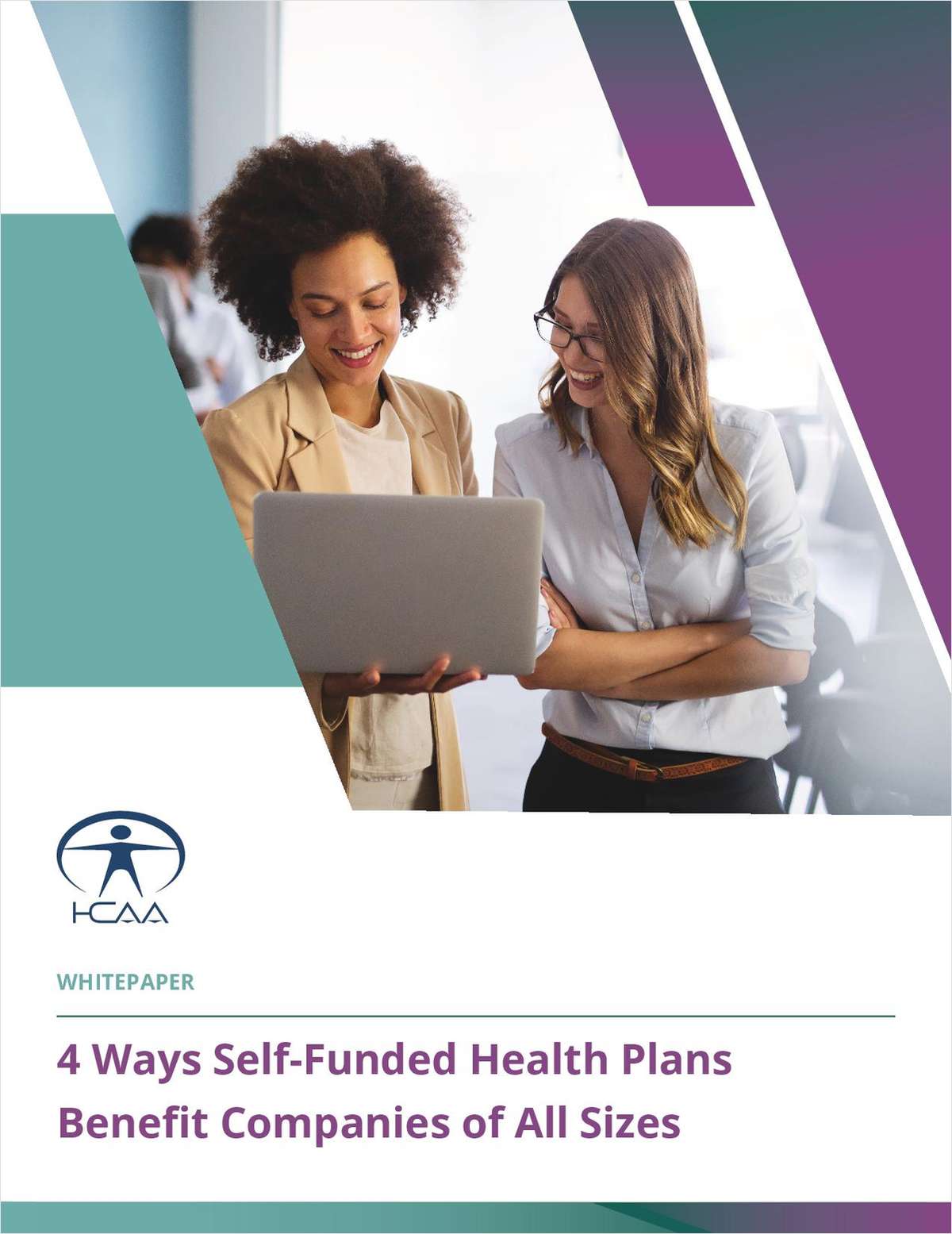
Consumers are stressed out not only about the rising cost of health care but also the often-confusing process of determining how much they will actually owe.
"On average, even folks who are insured through some type of employer plan are ultimately paying about 30% to 33% of their health care costs," said Vincent Tammaro, CFO of the Ohio State University Wexner Medical Center. "I think that is really contributing to a lot of the angst from a patient/consumer standpoint."
Continue Reading for Free
Register and gain access to:
- Breaking benefits news and analysis, on-site and via our newsletters and custom alerts
- Educational webcasts, white papers, and ebooks from industry thought leaders
- Critical converage of the property casualty insurance and financial advisory markets on our other ALM sites, PropertyCasualty360 and ThinkAdvisor
Already have an account? Sign In Now
© 2024 ALM Global, LLC, All Rights Reserved. Request academic re-use from www.copyright.com. All other uses, submit a request to [email protected]. For more information visit Asset & Logo Licensing.








